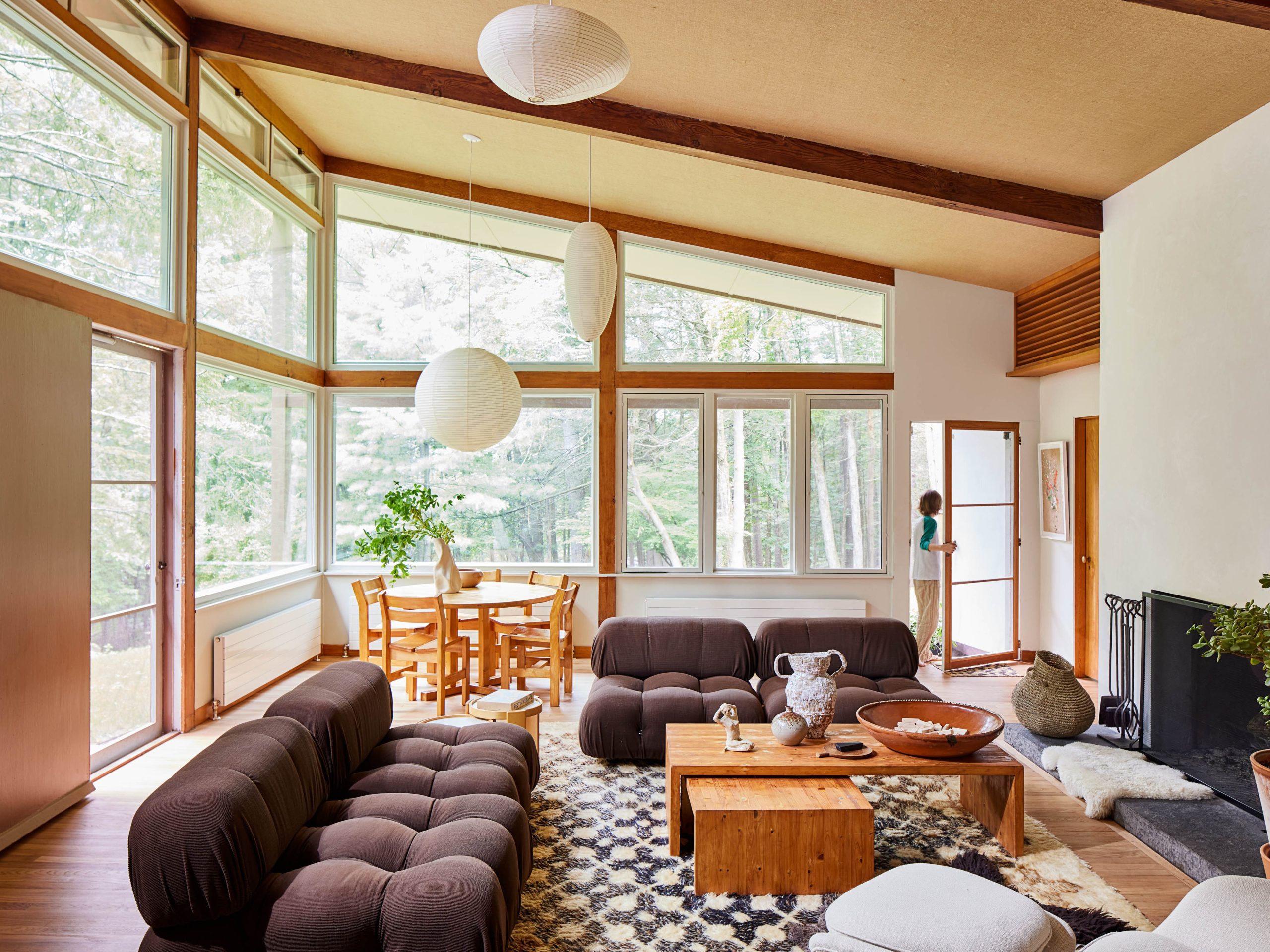Introduction
Modern art represents a significant shift in the way art has traditionally been perceived. The contemporary art gallery is an embodiment of this revolution. It showcases art that’s created and inspired by contemporary society and culture. A tour through such a gallery is an exciting and enlightening experience that provides a window into the thoughts and concerns of modern-day society. This article takes you on a journey through a modern art gallery, highlighting some of its most inspiring works, artistic themes, and trends.
The Artistic Themes of Modern Art
As you walk through the contemporary art gallery, you’ll notice that the works are deeply connected to the modern world. The themes of modern art are varied and touch on almost every aspect of life, from politics to religion, social justice, human rights, and even the environment. Modern art challenges viewers to think beyond the ordinary and look at societal issues from a different angle.
Politics
Politics is a central theme in modern art, and it examines political issues using visual elements such as symbols, colors, and imagery. For instance, works such as Banksy’s “Napalm” and “Flower Thrower” speak to political issues such as war, peace and civil liberties. In a time when global conflicts and political tension have become rampant, modern artists have continued to shed light on these issues through their works.
Religion and Spirituality
Religion and spirituality are also common themes in contemporary art. Many modern artists use religious symbols and imagery to challenge people’s beliefs and raise questions about the role of spirituality in modern society. For instance, works such as Andres Serrano’s “Piss Christ” and Chris Ofili’s “The Holy Virgin Mary” have been criticized for their use of religious symbols in a controversial way.
Social Justice and Human Rights
Modern art is also used to promote social justice and human rights. Artists have used their works to address issues such as racism, sexism, homophobia, and the rights of marginalised groups. For instance, Yinka Shonibare’s “Nelson’s Ship in a Bottle” represents Britain’s colonial past, challenging viewers to think about how the country obtained the wealth and power it has today. Similarly, Kara Walker’s giant sugar sphinx sculpture, “A Subtlety”, is a commentary on the history of slavery and its impact on race relations.
The Environment
The environment is another key theme in modern art. Many contemporary artists are concerned about the destruction of the environment and have used their works to raise awareness of environmental issues. For instance, Banksy’s “Art Buff” and Chris Jordan’s “Running the Numbers” photo series convey the extent of human consumption and waste, highlighting the urgent need for environmental protection.
Trends in Contemporary Art
Contemporary art is constantly evolving, and several trends are permeating the art world. Some of the major trends in modern art include:
Mixed Media
Mixed media is a technique in which an artist uses various materials and mediums to create a single work of art. This allows artists to create unique and eclectic works, such as Jenny Holzer’s LED-based installation, “For the City”, which consists of colourful LED tubes of light that display various phrases.
Installation Art
Installation art is another trend in contemporary art, involving the use of mixed media, light, and sound to create immersive, interactive environments. For instance, Olafur Eliasson’s “The Weather Project” is a large-scale installation that creates an artificial sun in a vast space that stimulates the ambient light of a sunset.
Street Art
Street art has evolved from graffiti and is now an accepted form of contemporary art. This art is displayed in public spaces, and it often challenges dominant narratives, empowering the voiceless and challenging the status quo. Works such as Banksy’s “Girl with Balloon” and Shepard Fairey’s “Hope” are examples of how street art has gained acceptance in contemporary art circles.



